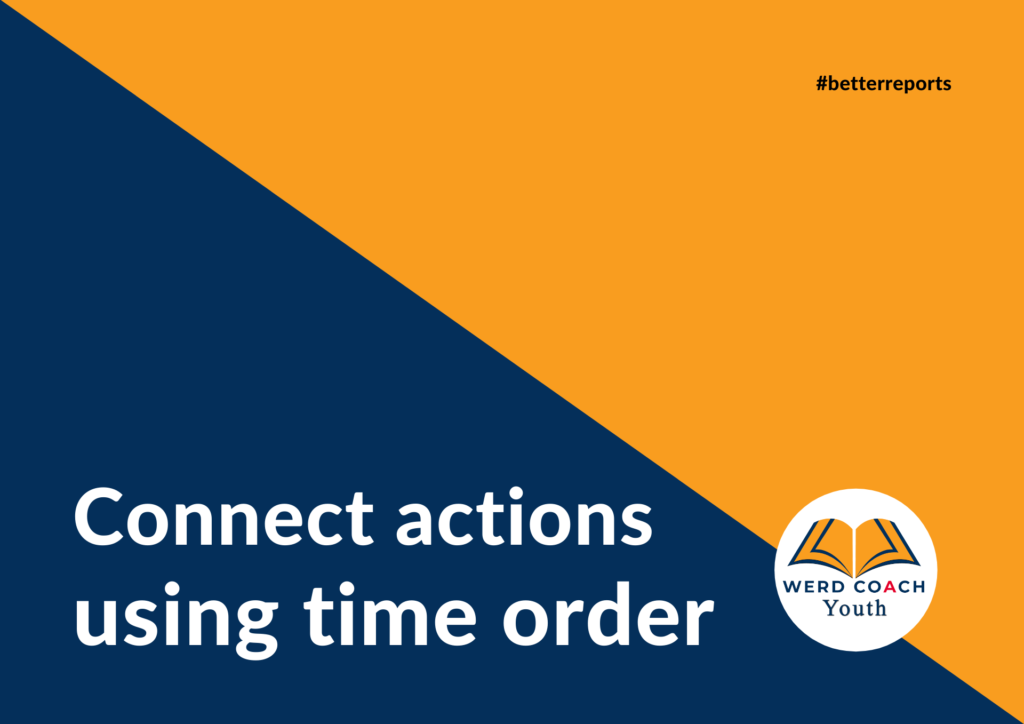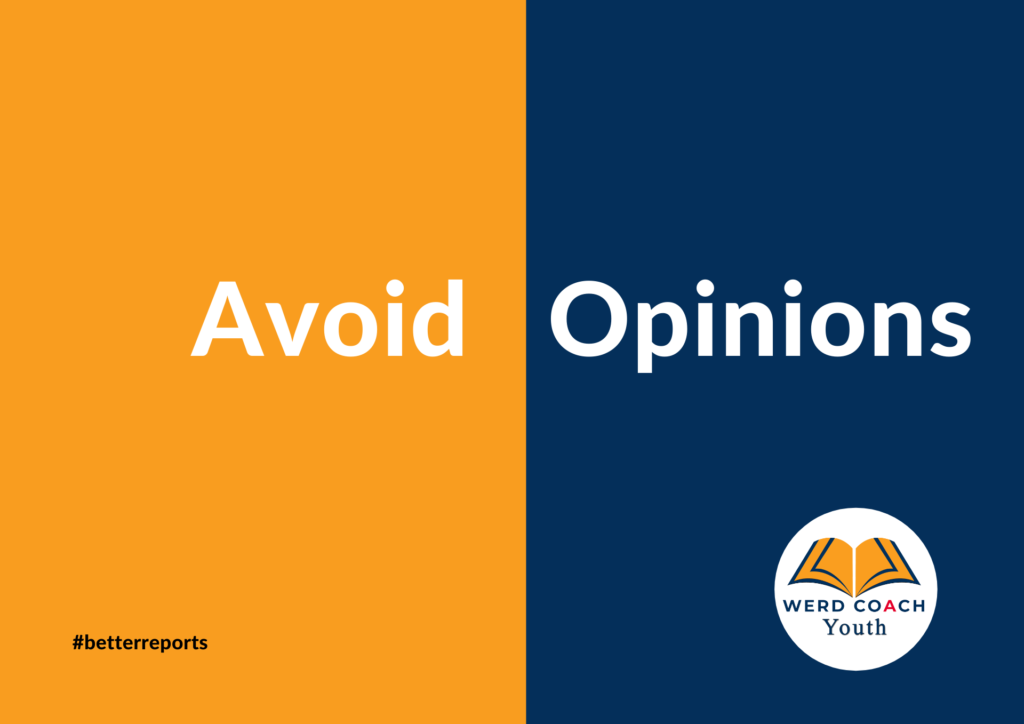The thought of writing an abstract is terrifying to some people. It doesn’t have to be. An abstract is a summary of your research. One of the best ways to understand how to do one is to read a few. They seem complicated, but they really just represent the study they’re summarizing.
Below are some tips on how to write a good abstract.
1. The abstract should be written last.
It’s a summary and you can’t summarize what you’ve not done yet. So, go ahead and write your paper, do all the necessities, then when everything is finished, take some time to write your abstract.
2. Don’t write more than 300 words.
That seems like a lot on the surface, but when you consider all you have to put in an abstract, you realize it’s doable. It’s one paragraph, so don’t separate ideas.
3. Begin with a sentence that expresses your research findings.
What’s your conclusion? What did your research uncover? What’s the main idea? That first sentence functions like a topic sentence that makes the major point of your research.
4. The statement of the problem is next.
you want to state the purpose of the research, identify the problem, outline the scope and methodology, and finally the results. So, tell readers what you investigated, what you hoped to discover, and what the parameters of the study were. This also means you need to explain how data was collected and analysed, and what the data revealed. Write these in direct, straight forward sentences.
5. It’s important to note that when writing an abstract, you’re writing in past tense.
“The purpose of the study was to…”, “300 primary school teachers were surveyed…”, “The data was then analyzed using…”, and “The study found that…” The only sentences that aren’t written in past tense are the first sentence and possibly the second sentence (which contain the main idea and any definitions you deem absolutely necessary to include).
Remember, an abstract is for readers to find your work, get acquainted with the details, and decide if it’s something they want to read further. So give all the necessary information to help them make an informed choice.





